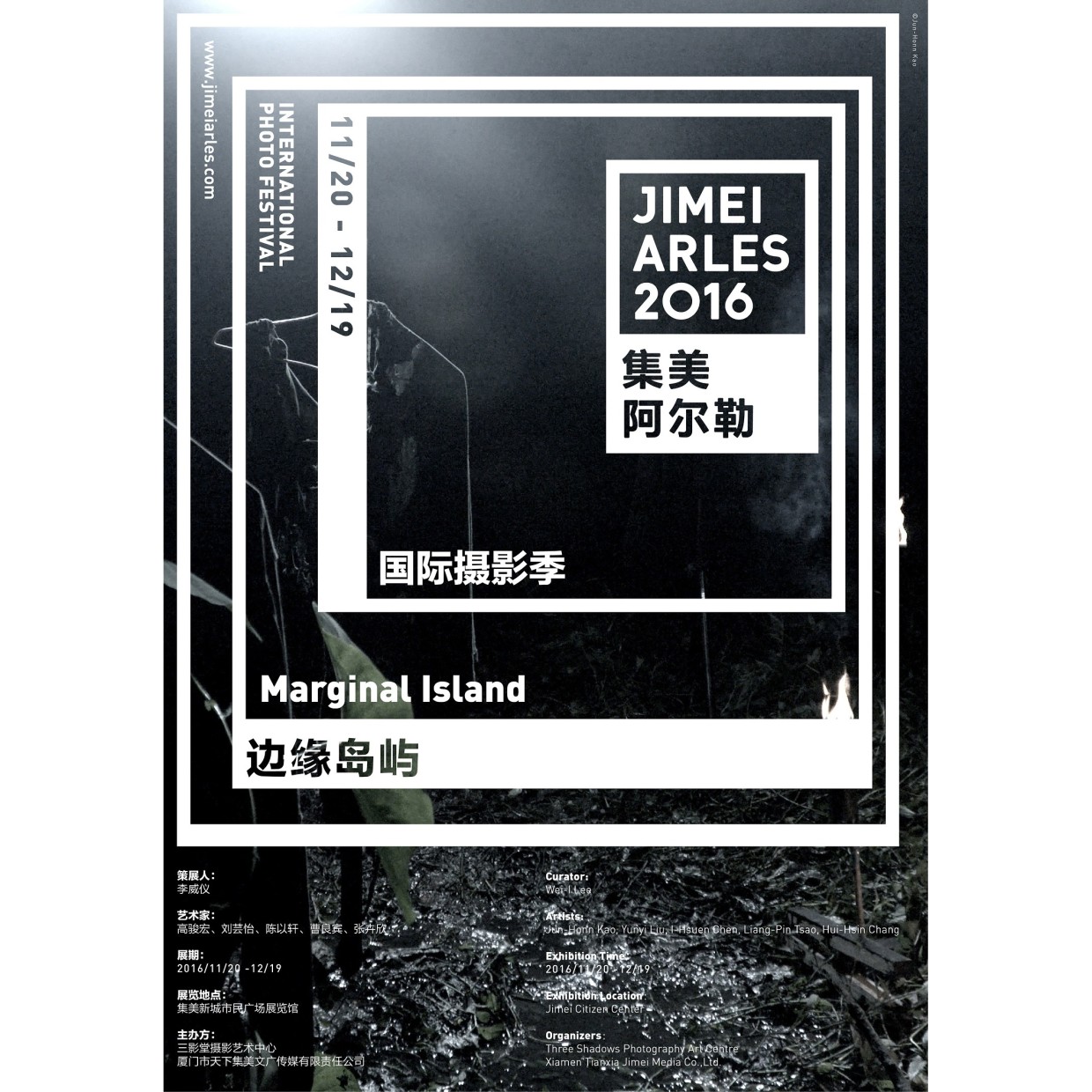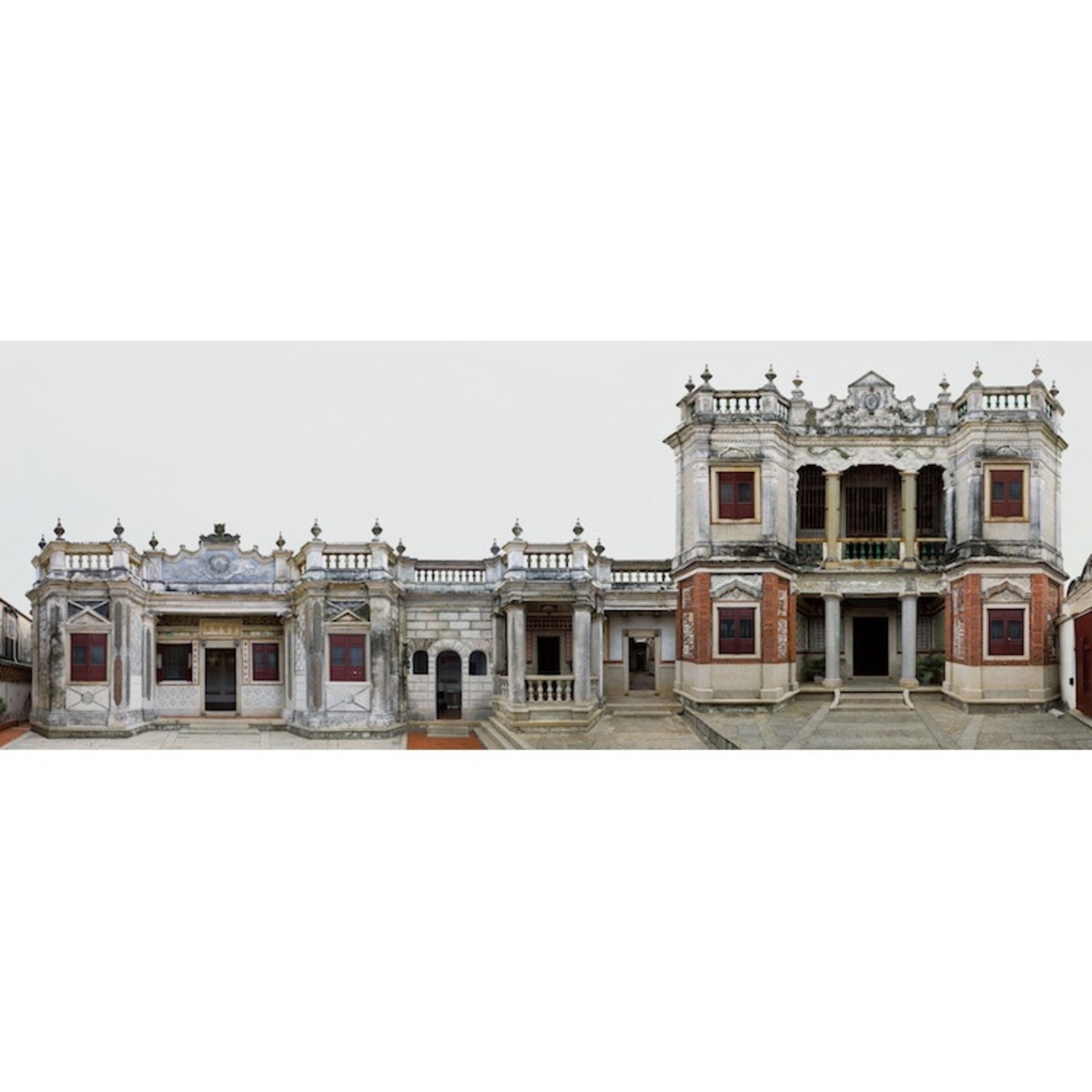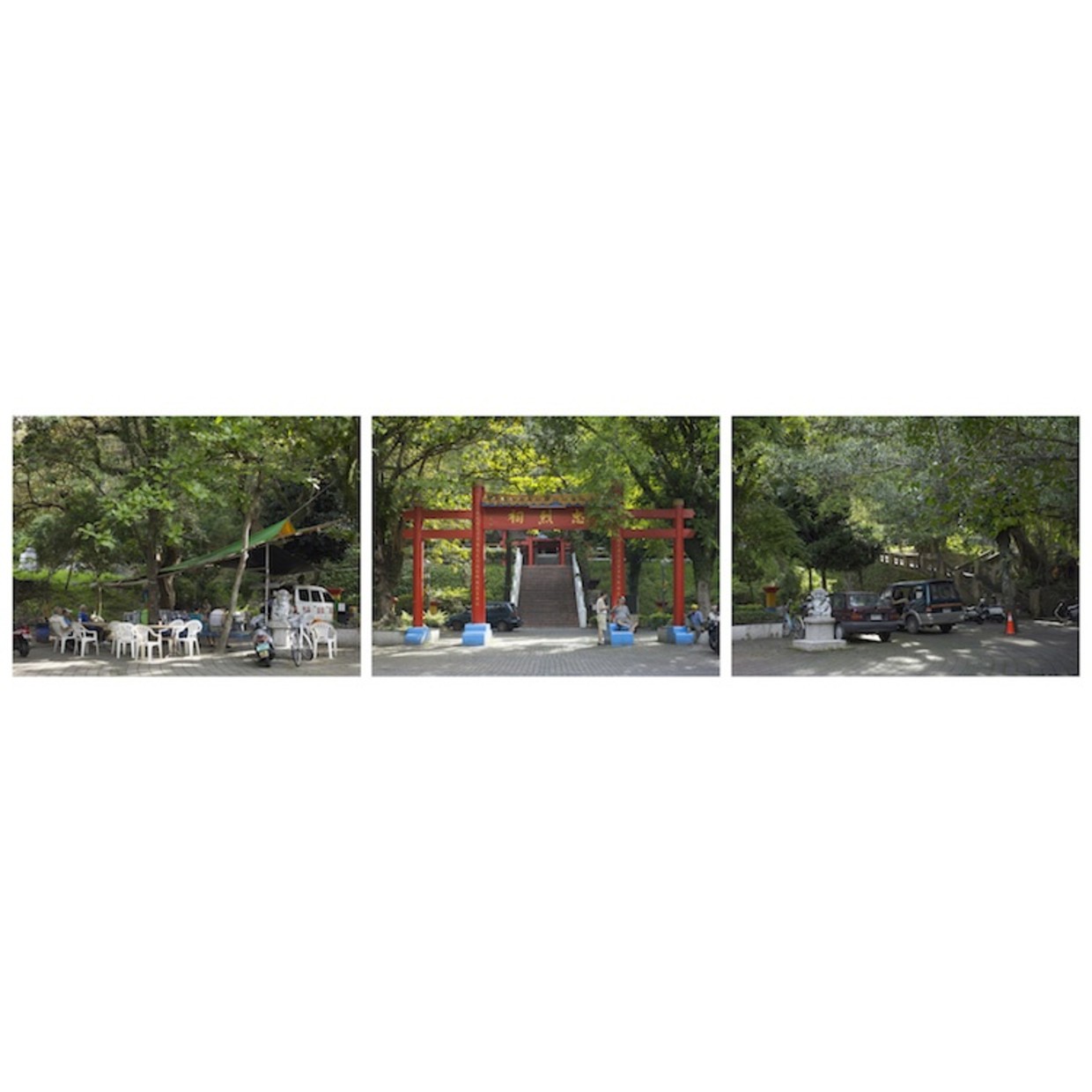
About the Exhibition
Taiwan's mani-fold colonial historical structures provided both mainstream and peripheral art forms in Contemporary Taiwan with an evergreen topic of interest. Under the continuous impact of historical narratives, Taiwan's identity as a peripheral landmark as opposed to the world at large is established, leading to the ideas of the fringe and abandonment being prominent reflections of Taiwanese collective consciousness and anxiety. This exhibition showcases works by 5 Taiwanese artists, who attempt to explore various circumstances and meanings through perspectives of history, society, space and visuals.
In his work Boai, Jun-Honn Kao makes use of the connection between his destiny and that of an old traditional market, the Boai Market in Taiwan whose metaphor lingers around factories, quarries, prisons and various fringe areas, casting a direct eye on the unavoidable losses of social structure in modern society; Yunyi Liu's Oblivion Island records Kin- men's ruins of colonial buildings that bore testimony to colonialism and war, seeking tattered dark memories lost in the changing times; Liang-Pin Tsao's The Martyrs' Shrine Project saw him visiting Matyrs' shrines which were previously Japanese Shintos in various parts of Taiwan, exploring the paradoxicak relationships in these spaces; Hui-Hsin Chang's image installation work Outside of This saw her capturing disintegrating aspects of daily life using techniques that remove the focus of images to further question the underlying logic of seeing that stands atthe centre of all visual consciousness; I-Hsuen Chen's Still Life Analysis II: The Island makes use of household items found in the refuges of the urban homeless under bridges and artificial fake rock sceneries, contrasting them against the adapted "poetry" of property advertisements, forming an island allegory of the fringe landscape.

"Boai" refers to a physical space, an old market being "displaced" due to the hollowing-out of business. Meanwhile, it serves as a shared metaphor for many peripheral areas marked by belatedness. These areas are not only fully inhabited by people having lost the sense of time, but they also imply all sorts of diseases existing in a modern society: dementia, bipolar disorder, depression, Parkinson's disease, self-abasement, anti-social behavior, borderline personality disorder (BDP), etc. While many may see them as ruins, it is only by reading them as metaphors that one grasps the very reality of these belated areas. This metaphorical perspective refracts a modern history about life management - a mythology of economic transformation.
The artist, Kao Jun-Honn, was nurtured by Boai Market where his mother earned a living. It was in this same place that she ended her career, leading to Kao eventually leaving the market. They witnessed how the in ux of imported Chinese goods in the 1990s struck hard, driving people into a state of collective mental deficiency. Some became sellers of trashy products, others credit card slaves or even Parkinson's disease patients. From a metaphorical perspective, Kao's work Boai associates social scenes in factories, mines, and prisons, uncovering what Friedrich von Hayek cynically depicts in his book The Road to Serfdom - a metaphorical hub for disease resulting from serfdom in modern society.

This series of photographs in this exhibition is a continuation of my previous projects, photographing abandoned western-style buildings on Kinmen Island. Kinmen Island often becomes a war target and con ict zone due to its strategic importance. It was occupied by the Japanese in 1937, and returned to the Republic of China after World War II. It entered the Military control period after the outbreak of the Guningtou Battle in 1949, and the 823 Artillery Bombardment took place in 1958. Not until 1992 the martial law period was lifted. It has suffered from more than 40 years of long martial law period, and 36 years of battle eld administrative experiments. Therefore the unique military heritages and landscapes of the Island are preserved and become the witness of its previous war history.
There are more than a hundred western-style buildings in total on Kinmen Island. The residents used to have dif cult lives, therefore they moved to foreign lands of the colonial Southeast Asia. After became rich from successful business, these wealthy expatriates contributed money to their hometowns and built western-style buildings based on what they've seen in Southeast Asia. Additionally, Han Chinese culture and local characters are integrated in these architectures. Nonetheless, with the outbreak of war, many of these western-style buildings were occupied by the Japanese and the KMT Army in sequence. The owners of these buildings ed to the foreign lands, and many of them never had the chance to come back. However, the ultimate fate of these western-style buildings who represent status, wealth and knowledge, is to be desolated in the bushes, and gradually eroded and swallowed by the nature. These dilapidated western- style buildings are served as the metaphor and bearer of war history, reflecting the constantly restlessness and turbulent regime changes. They are like the nameless monuments forgotten by the era, while time and space are sealed into these uninhabited buildings.
The hidden past of these empty, sealed and abandoned spaces is what fascinates me. Those invisible historical voids become the fermented place for imaginations. With my personal awareness and perception to fill the voids, along with the image creation process channels through the tiny crevices, the imagination and meanings ow between inside and outside of the space boundaries, and between the visible and invisible.

延续前作《静物研究》对于垃圾与环境异物的摄影探查,陈以轩的新作《静 物研究 II : 岛民》将进一步聚焦在市民大道陆桥下的游民家居物件。他 发现,假石植栽林立的市民大道下就像是座亚热带自然风光岛,岛上的“市 民”们在面对公权力的间歇清扫下,带著各式“物件”做暂时性的家居占领, 流离居所于桥下的三不管地带,并与陆桥周边各式的房地产广告文宣共 处。房产也被称为“物件”。
收集这些房产“物件”的文案,抹除案名地点等销售元素后选粹成诗。 捡拾到的诗句(Found Poem)中描绘着美好家居的模组化倡议(广 告诉求),更是市民对家居的集体想望(消费者需求)。在展场中,诗页 翻转并取代了摄影作品的观看位置,呼应桥下岛上这些“市民”的处遇, 在调侃与哀悼之间,图文对照两种家居空间在描绘特征上的相似,是矛 盾的墓志铭,亦为吊诡的寓言。
透过桥下各种“物件”的采集与拍摄,作者感兴趣的是人在公私领域分 界上的居处,以及自然与文明的交互占领、消长、最终被抹除,抹除即 占领。

Harkening back to the historical periods in Taiwan, through the experiences of the Dutch-Spanish Period, the Kingdom ofTungning, Qing Dynasty rule, Japanese colonial period, and the Nationalist government - the rise and fall of different political entities on the island have left behind traces of governance in varying degrees. In spite of the openness of democracy, the ideological consciousness concealed in historical remains continues to in uence our self-perception and comprehension of Taiwan to this day.
This photographic project aims to document the Martyrs' Shrine, formerly a Japanese Shinto shrine, in an attempt to highlight the con icts that exist in this arena: between the living and the dead, between the sacred and the profane, and between national history and self-identi cation. The intricate relationships between the Martyrs' Shrine and the Taiwanese people, as well as the contemporary significance of being Taiwanese will be thus explored.

For some reason everything becomes a metaphor.Chance, sparkles, tears, objects, taking up and letting go, Beneath whateverImages, taking up and letting go, objects, halves side by side Shadows, objects, declining, losing energy, being removed and submerged.
This website uses cookies
This site uses cookies to help make it more useful to you. Please contact us to find out more about our Cookie Policy.